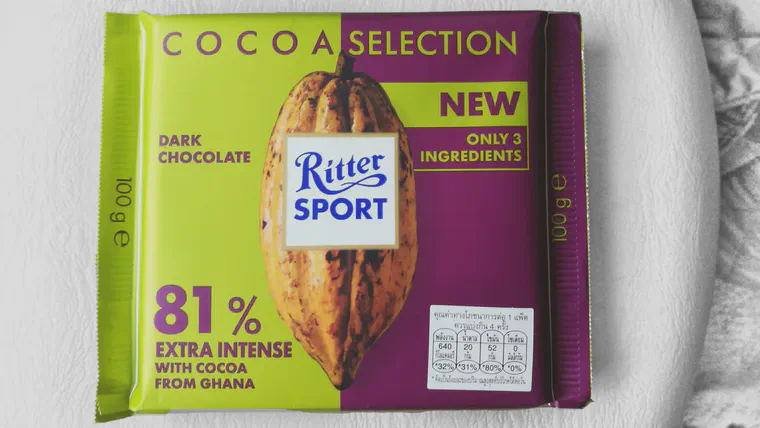Mental models, soil organic matter, and chocolate bars
I used to think of hollow-tine cultivation, with cores removed, as one of the best ways to remove organic matter from the rootzone. Maybe even as an essential way to manage organic matter. That was my mental model of what was happening.
When I worked through the calculations for myself, right as I was getting started with the OM246 project, I was surprised, and had to double check my math, to make sure I had it right. Because what I had calculated didn’t match my mental model. Removing cores and the organic matter in them does not change the organic matter percentage of the remaining rootzone material.
Apparently I’m not the only one surprised by this. My post about no change in OM by coring got all kinds of feedback.
I’ve made some notes about how to explain this and how to answer as many of those questions as I can, with a list of examples to work through. Specifically, what happens to soil OM after:
- hollow-tine with no sand
- solid-tine with no sand
- sand only
- do nothing
- hollow-tine with sand
- solid-tine with sand
But before any of that, here’s a simple way to think of what is happening.
The grass is growing in a rootzone with certain characteristics. In the previous example I used an example of 7% organic matter (70 g OM per kg) to a 3 cm depth. And I showed that after removing cores from that rootzone, the organic matter remains exactly the same, still at 7%.
That’s just like this chocolate bar. The label says 81%. After my first bite of this extra intense chocolate, the bar remains at 81%. The part the remains, for all subsequent bites, is always going to be 81%.

I’ve changed my mental model of hollow-tine cultivation to think of what the grass is growing in. When cores are removed, that removes some organic matter. But the grass that remains is growing in exactly the same material as it was before.
If you’d like to work through some of this on your own, I’ll recommend again the Greens Organic Matter Management Tool from Ed McCoy. For the initial changes in organic matter from topdressing and hollow-tine cultivation, that tool is going to give exactly the same results as I can calculate — if I do it right.